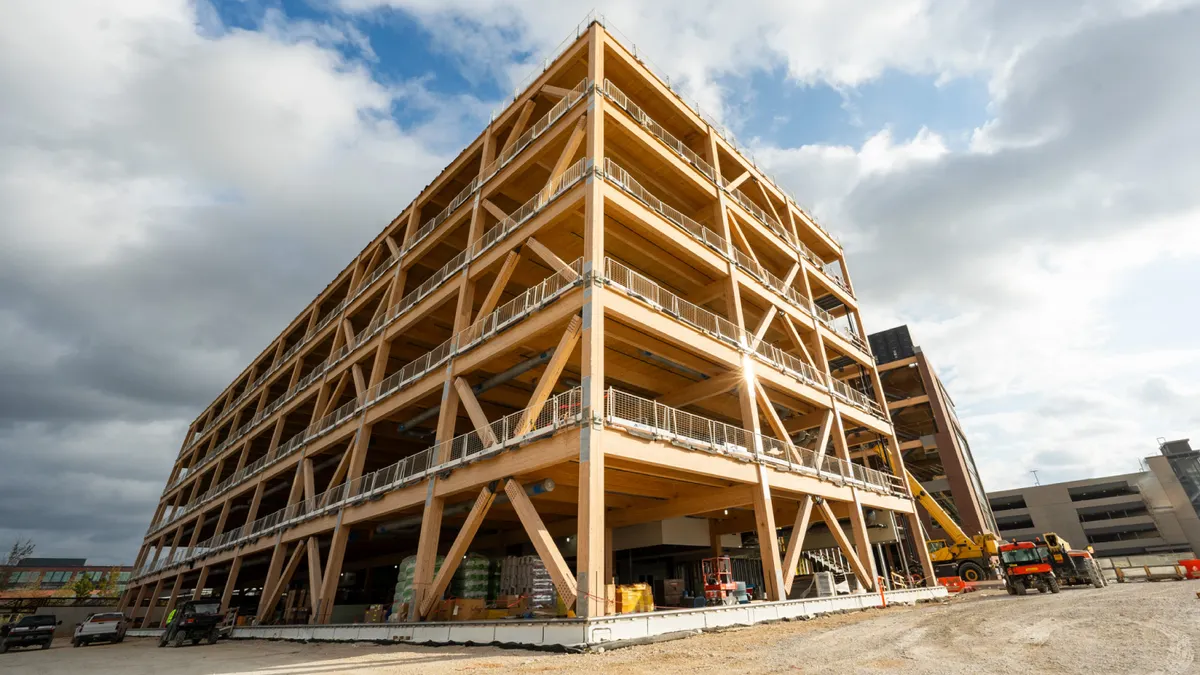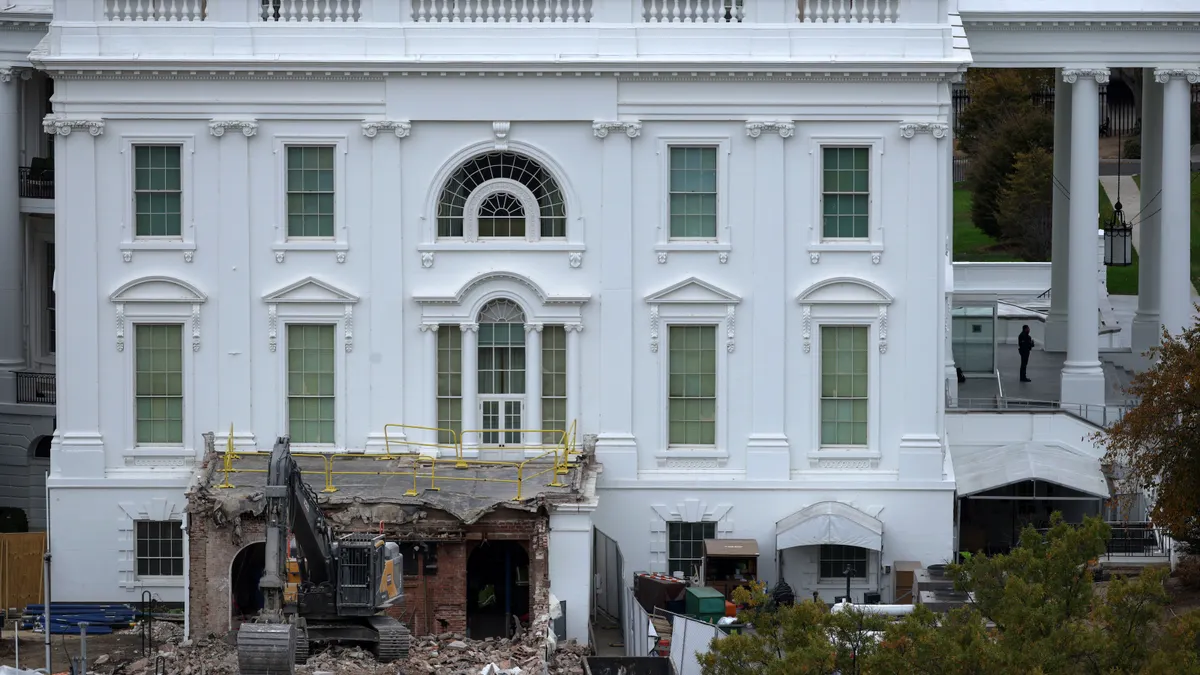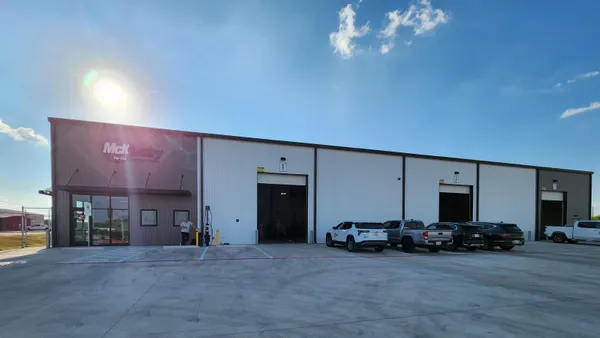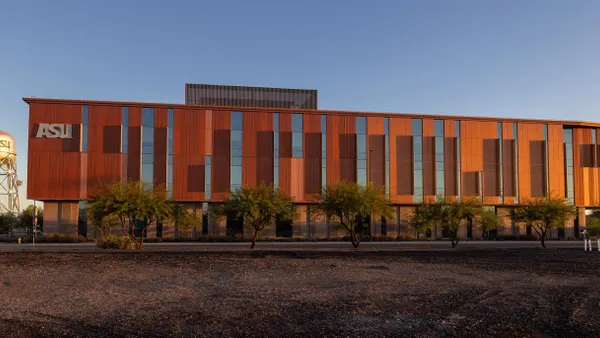Dive Brief:
-
Oklahoma State University researchers have discovered that muddy soil extracted during horizontal directional drilling under roads and buildings can help grass grow.
-
The mud contains phosphates, which traditionally have been used to promote greener lawns, along with salts, minerals, and plant nutrients. But it also contains additives like polymers, sodium carbonate, metals and bentonite—an ingredient in cat litter—which make it difficult to dispose of.
-
In the OSU study, researchers discovered that the mud helps soil retain moisture, so it can, when spread over a lawn in measured quantities, prevent erosion and boost the growth of Bermuda grass.
Dive Insight:
Offering the soil as a lawn cover could cut contractor costs for disposing of the urban job-site byproduct. "I see the biggest challenge is convincing people it is not harmful," said Brad Ritter, electrical contractor at an OSU Division of Agricultural Sciences and Natural Resources event.













